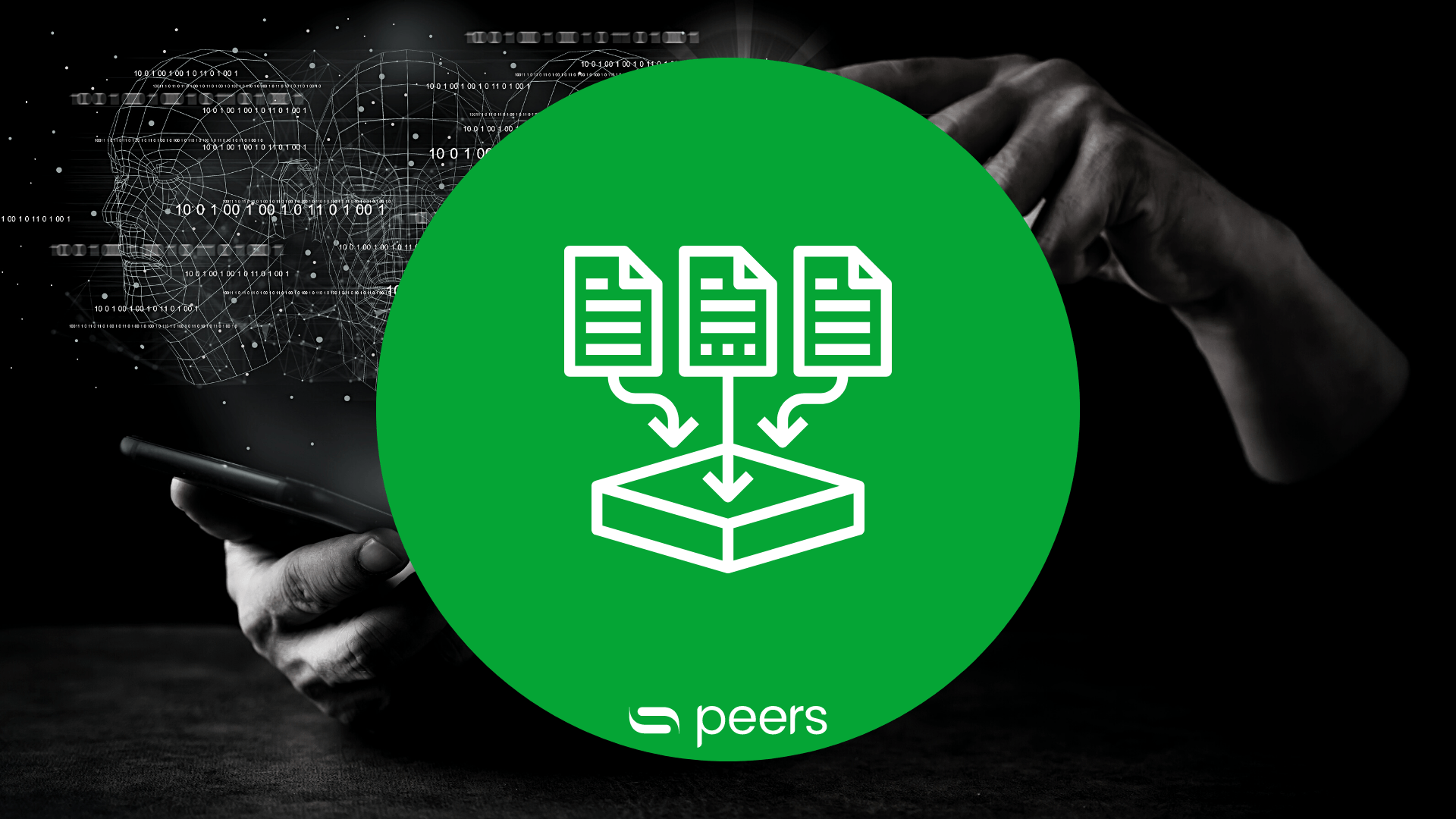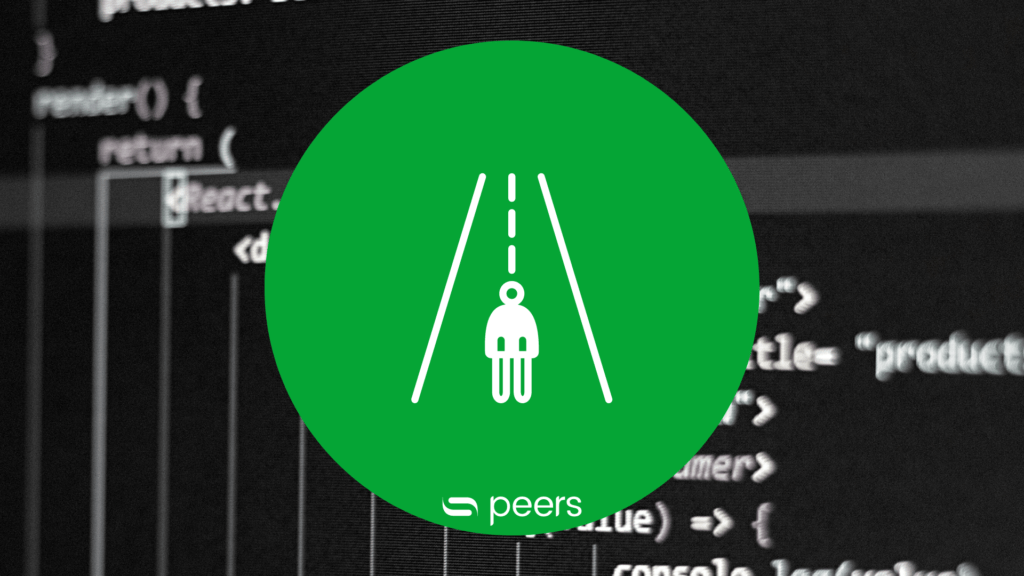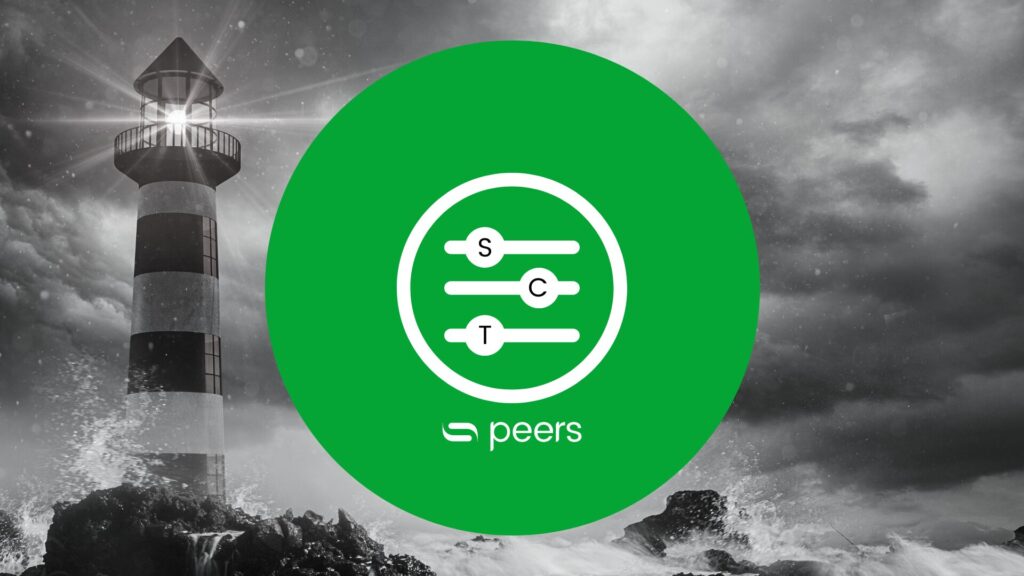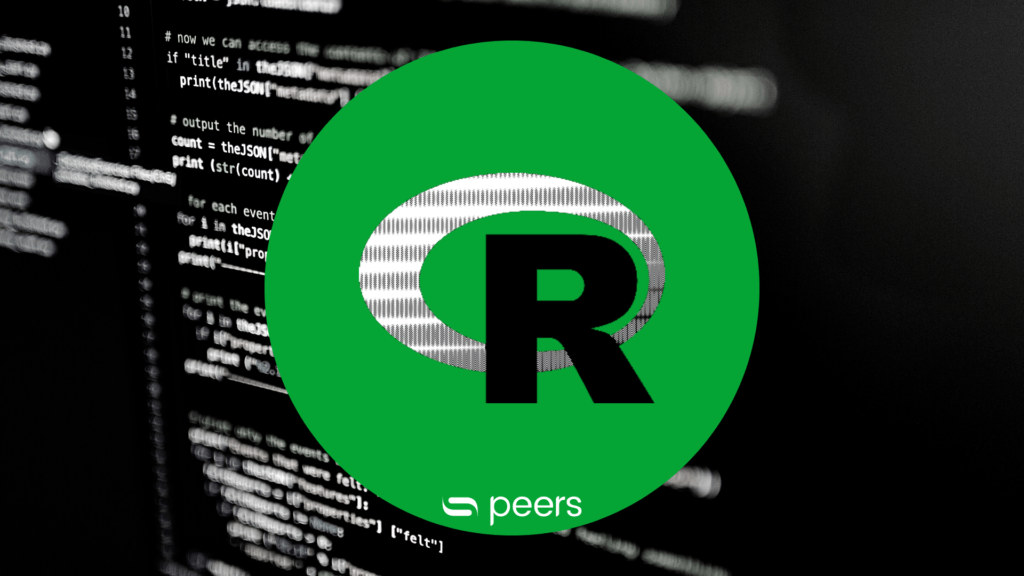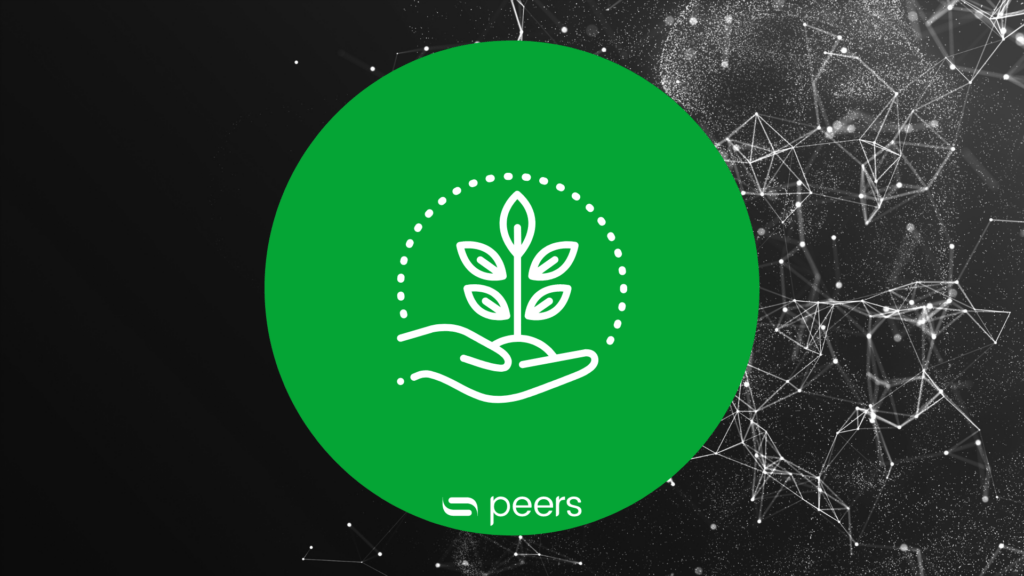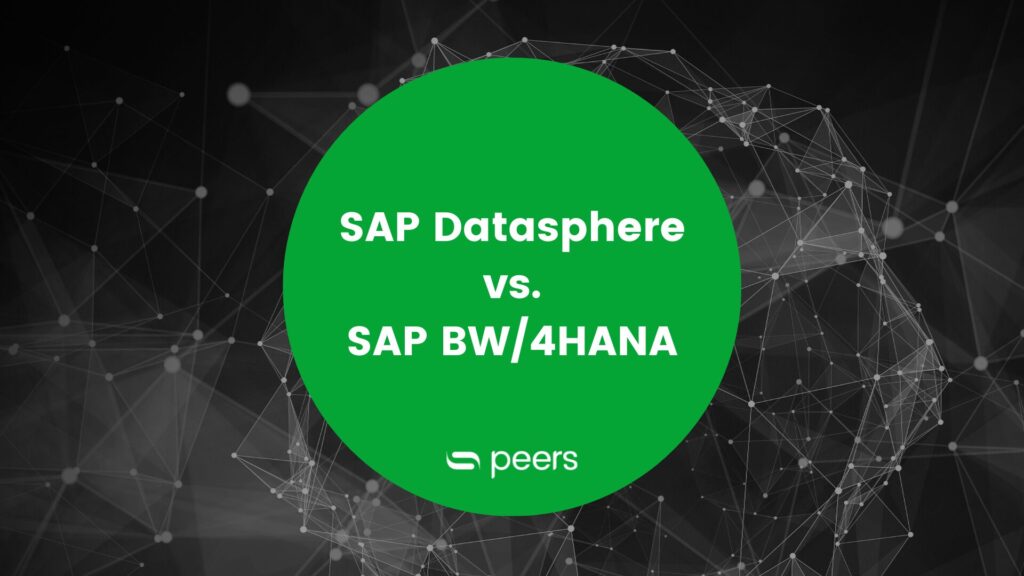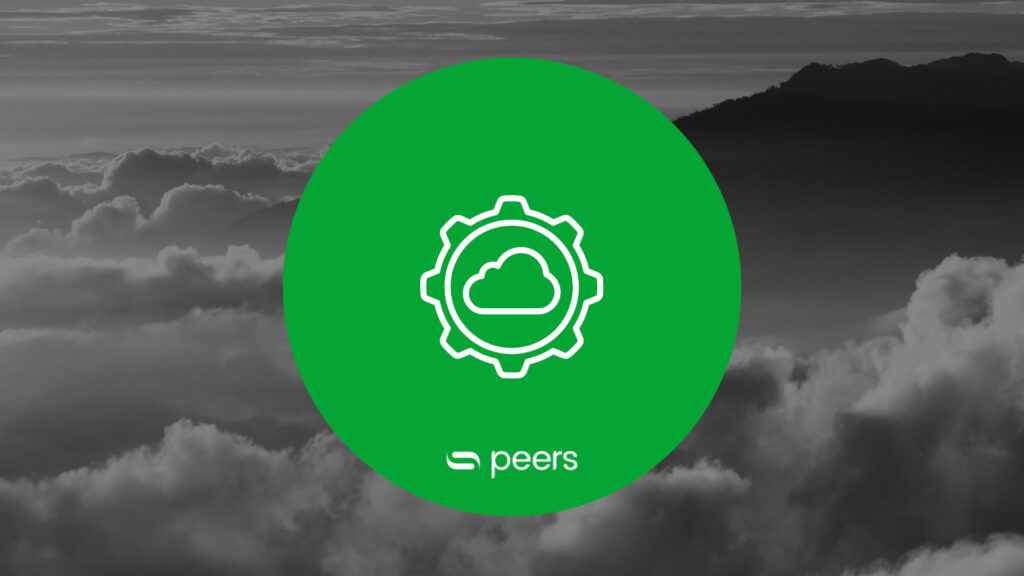Core data service (CDS) views in SAP business warehouse
- Data warehousing, embedded analytics
- business warehouse, core data store, sap
- 3 min reading time

Sven Knöpfler
CDS-what?
When I first heard about CDS Views, I thought "hm, yet another three-digit abbreviation from SAP ...". I couldn't do much with the three words "Core Data Service" either; so I tried to understand what was behind it.
Virtual data model
An ABAP Core Data Service is an SAP-compliant infrastructure that can be used to define and consume semantic data models (here, data is given a business- or process-relevant meaning). This is also referred to as virtual data models (VDM).
VDMs are the basis of SAP S/4 HANA and are used by both business processes and analytics to provide data for various reporting front ends. CDS views perform intensive calculations on the database, which reduces execution time and simplifies application coding.
Especially in the area of SAP S/4HANA embedded analytics, virtual data models play a major role because they deliver business process information in real time and without data replication, without the user having to have detailed knowledge of the data structures.
Areas of application of Core Data Service Views
Another area of application for CDS views is data extraction to SAP BW.
Thus, in BW/4HANA and S/4HANA, it is possible to replace the familiar LIS extractors, e.g. in SD Sales, Billing and Conditions, with CDS View extractors. This has a number of advantages: Anyone who knows the time-consuming filling of set-up tables for initializing the BW data layer (plus system block!) knows what I'm talking about - not to mention the time-consuming enrichment of the LIS extractors with new fields in an extraction process that is already running productively.
Released or not released? - that is the question here!
SAP S/4HANA brings with it more than 42000 CDS views. However, 90% of these are not released by SAP for further use, i.e. these VDMs can change in the future - similar to unreleased function modules. Whether to use them or not must be weighed up in each individual case. Since CDS views are often nested and based on different views, the overall structure can go through several levels and become correspondingly complex.
How can an existing Core Data Service View be found?
There are several ways to find core data views. In SAP Fiori, for example, there is a tile that displays a list of views. If you want to find out which SAP tables end up in which CDS views, you can also use transaction code SE11 in S/4 and the where-used list.
Core Data Service View - Components
Here is a brief overview of the existing domain-specific languages and services to semantically define data models and consume data:
- DDL: Data Definition Language: Data modelling on a semantic level
- QL: Query Language: Consuming CDS entities e.g. with OpenSQL in ABAP
- DCL-Data Control Language: Defining authorizations for CDS views, can be integrated with classic authorization concepts
- DML: Data Manipulation Language: Writing data
CDS View Types
Serves as a basis for consumption views
- Master View (Master, Text, Hierarchy)
- Transaction View
- Data Source View
This view can be used to provide data to applications, such as queries in Analysis for Office, Fiori tiles, SAP Analytics Cloud Models, and Stories. This type of views can propagate data in the following ways:
- via ODATA service
- via InA service
Consumption View as a source for SAP Analytics Cloud
A Consumption view, such as C_FinStmntComparison, which can be used to map a profit and loss statement and balance sheet structure, can also be used via a direct live connection S/4HANA to SAP Analytics Cloud (prerequisite is an OData service on the view) to create a model and story with it.
Big advantage here: Real-time data without replication or data loads directly in an appealing dashboard.
The term "view" should not mislead you into thinking that it is a combination of table and view. A consumption view is rather to be considered as a query or frontend object.
Transient Provider
A transient provider - sometimes also called transient query - is a construct that can result, for example, from two CDS views. The first CDS view [A] must be defined with the annotation "@Analytics.dataCategory: #CUBE". The second CDS view [B] selects the data from [A] and must contain the annotation "@Analytics.query: true". This transient provider can then be consumed in Analysis-for-Office.
This is only a small part of what is possible with CDS Views and should serve as a first introduction. The fields of application are very diverse and extend to SAP's latest platform technologies (SAP Business Process Technology).
Know more?
Would you like to delve deeper into this topic? Then we would be happy to present all the advantages of CDS Views to you in person - very much in combination with details on other functions of the SAP Data Warehouse Cloud. Simply get in touch with us!

Published by:

Sven Knöpfler
Head of Technology

Sven Knöpfler
How did you like the article?
How helpful was this post?
Click on a star to rate!
Average rating 3.6 / 5.
Number of ratings: 16
No votes so far! Be the first person to rate this post!
